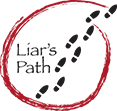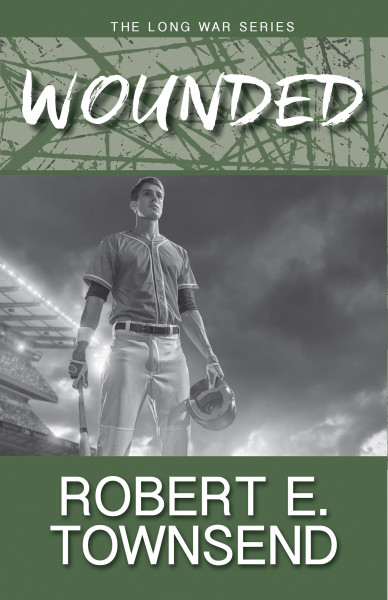It seems idyllic
We are in Ljubljana today and tomorrow, 14 & 15 April 2014, passing through Slovenia on our way to six-months in Germany; it will be research, more or less, for me, a pilgrimage, more or less, for Patrice. Patrice’s mother lived her adolescence and teen-age years in WWII Berlin; her father escaped Germany in 1938.
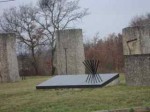
Crossroad Massacre, Istria
Until I revisit Suzdal, the Balkans provide sufficient sense of done to death by definition. I had described in an earlier post Balkan crossroads and town squares commemorating massacres. One keeps stumbling over others. My grandparent, Francis Grivic and Frank Lavrich, two Slovenian peasants immigrated to Joliet, Illinois, in 1905.
Their lives were hard. My grandfather was a steel worker and alcoholic who died alone in some tenement the month and year I was born. He never learned English. My grandmother became the editor of a tri-lingual (English, Slovene, Serbo-Croatian) newspaper. She was, at least as an Austro-Hungarian immigrant would define the term, of the intelligentsiya, a distinction important, then and now, to these South Slavs.
Patrice and I are in Ljubljiana, Slovenia. Here too, villagers were massacred and dispersed in the late- and post-WWII ‘settling of accounts.’ In the aftermath of WWII, the Communist Partizans massacred the Slovene National Guard, between 35-50,000 men, their wives and children. It was hardly noticeable in the final accounting. It is what Communists did, at least in those countries captured by that generation of Communists––Lenin, Stalin, Trotsky, Mao Tse-tung, Ho Chi Mihn, Bela Kuhn, the Khymer Rouge.
I don’t want to be touchy, but…This is how it was done; name them, marginalize them, kill them.
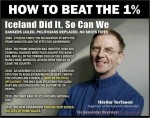
Beat the 1%
A friend, a Democratic Party activist, recently posted this picture on his Facebook page. He is a good guy. He means well. The poster is a nonsensical bumper sticker sort of thing, which encapsulates complex events he had no wish to understand. The text describes how Iceland punished its ‘1%’. The poster was a couple years out of date when he posted it last month; the Icelanders had quickly voted the ‘hero’ bums out of office, so terribly they had managed the economy, and returned the ‘jailed’ bums back into office. However méchant the bums were, The heroes were incompetent.
Be that as it may, the poster headline How to beat the 1% chilled me.
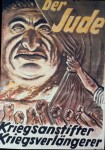
Nazi Anti-Jewish poster
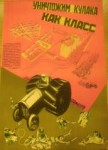
Destroy the Kulaks
For it is how Communist and National Socialist poster art worked–define the enemy, then destroy him. The massacre memorials dotting this idyllic Southern Slav landscape commemorate this mentality.
Patrice and I will spend the summer in Germany; we will visit Dachau and Buchenwald and Munchenhausen. I am not unfamiliar with the power of slogans.
Russian is invading the Ukraine as we speak. I have beloved Russian friends whose families suffered grievously under Stalin and under Communism; yet also Ukrainians in the 1930s and 1940s were murdered by the millions.Though my Wausau friend probably never heard of the Ukraine, the Ukrainians alive today knows that the order that they die by the millions came from Moscow.
My summer reading is Bloodlands and The Black Book of Communism. In the background are the wide-eyed innocents, good people not understanding whereof they speak. Were we to show a Pole or Czech or Ukrainian the poster my wide-eyed and terminally innocent friend so cherishes, I would watch them pause as if before a child, wondering at the child’s physical semblance to an adult.
So that’s our summer and fall plan. If you are passingly interested in my summer reading but not in two-thousand pages of unrelenting carnage, the best book review of Bloodlands is here in the NYT, The Black Book of Communism is here. The spring is beautiful in Ljubljana. I truly fear the tragedy unfolding.

[subscribe2]
